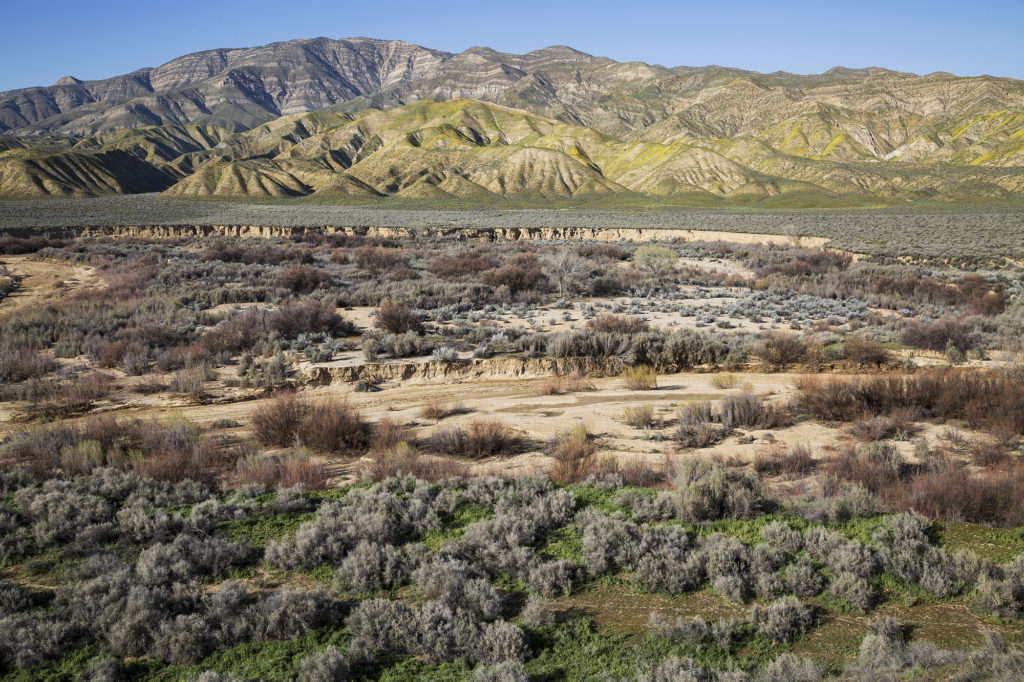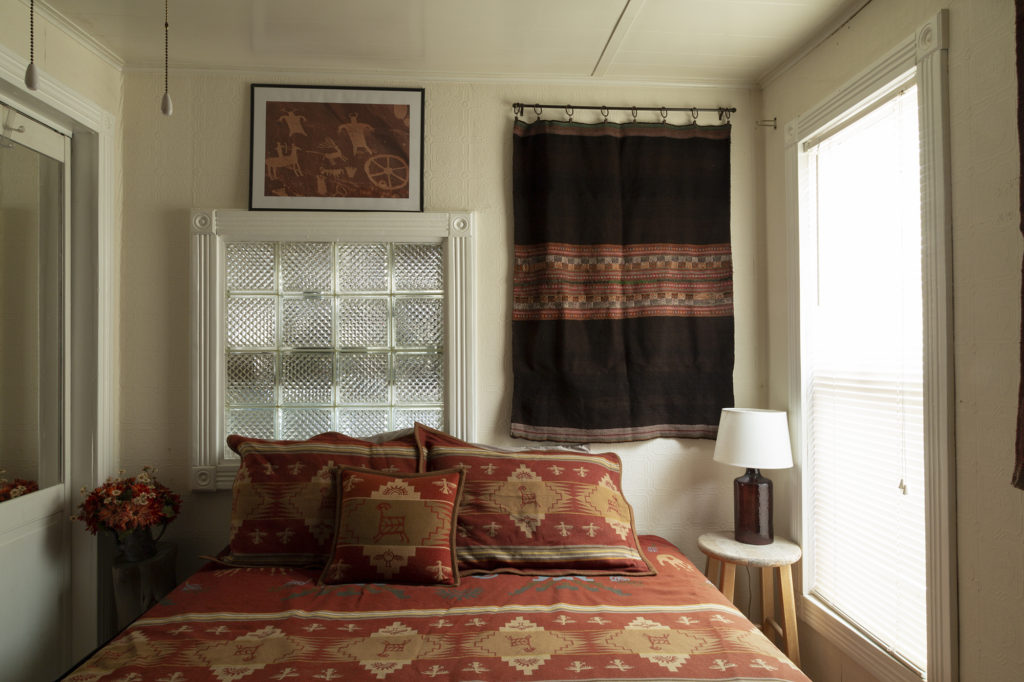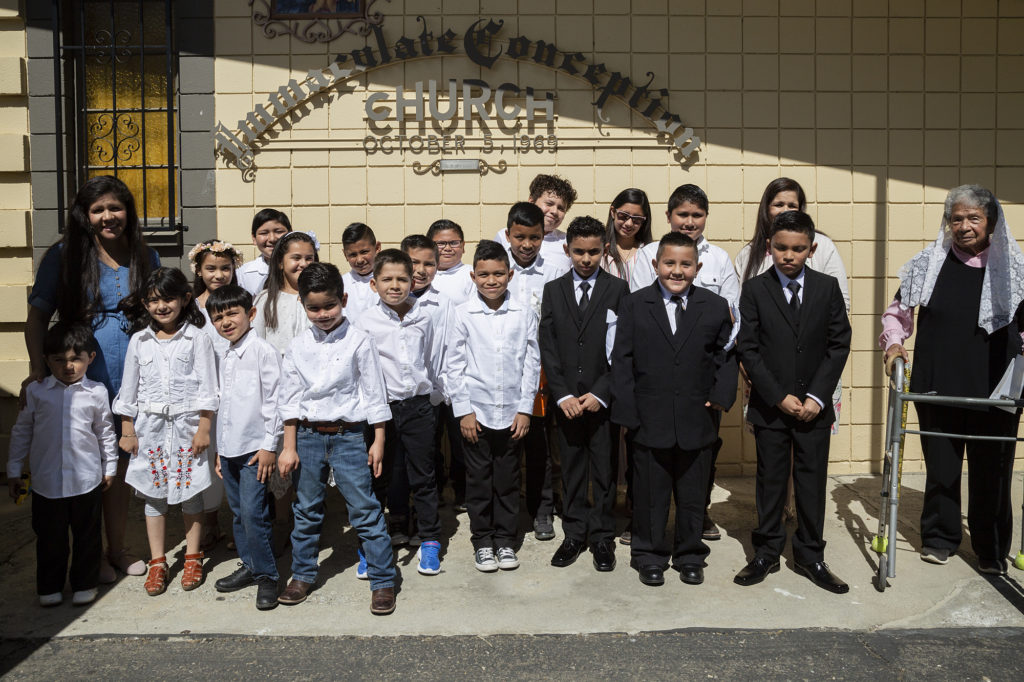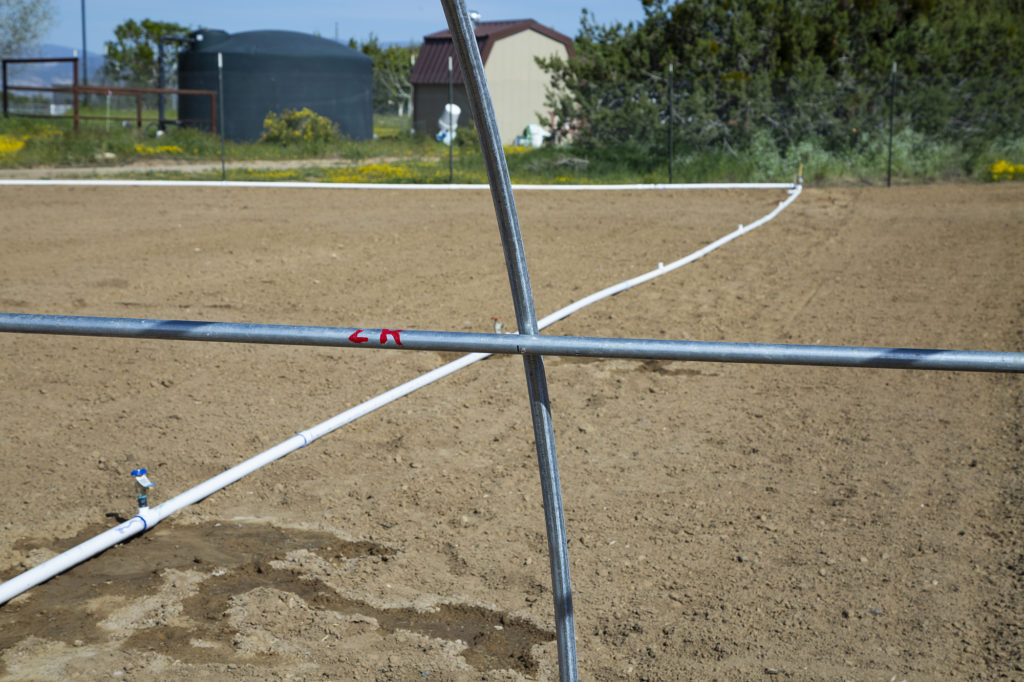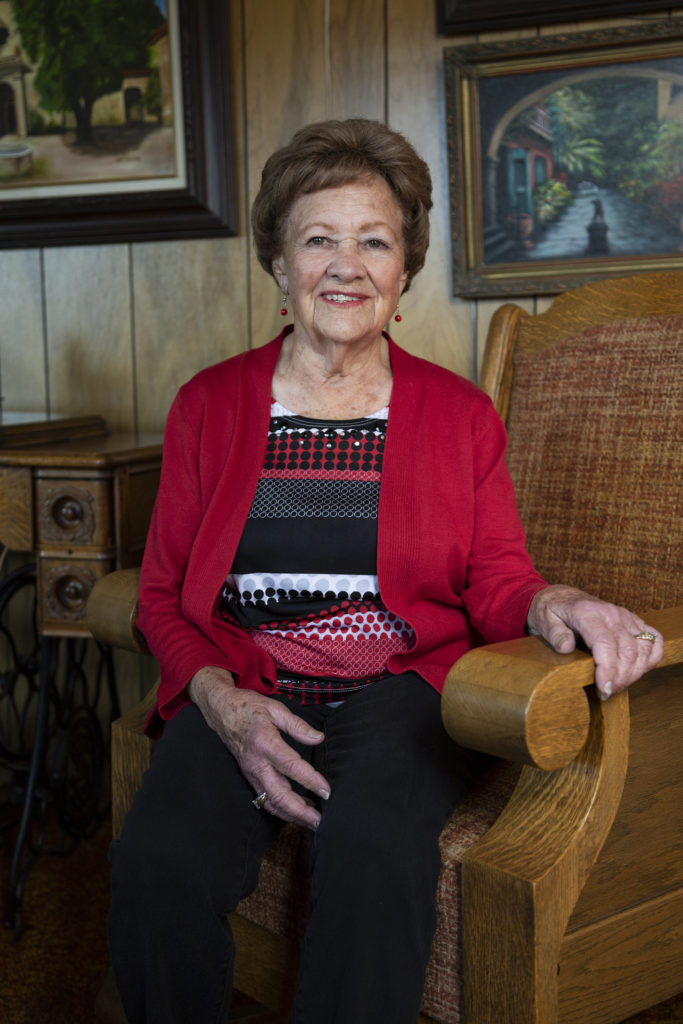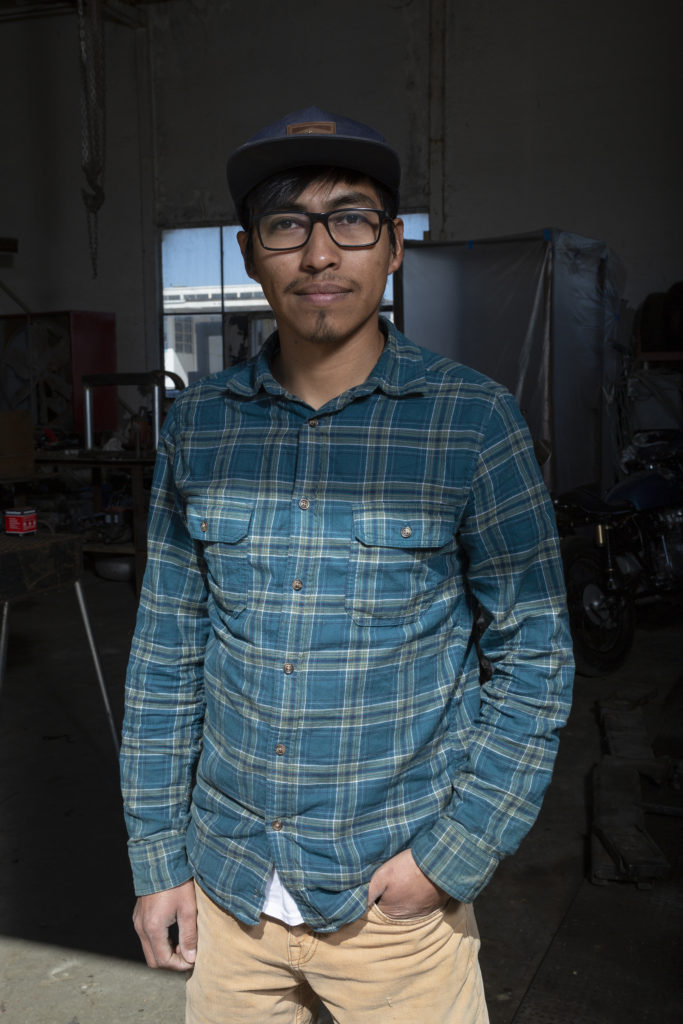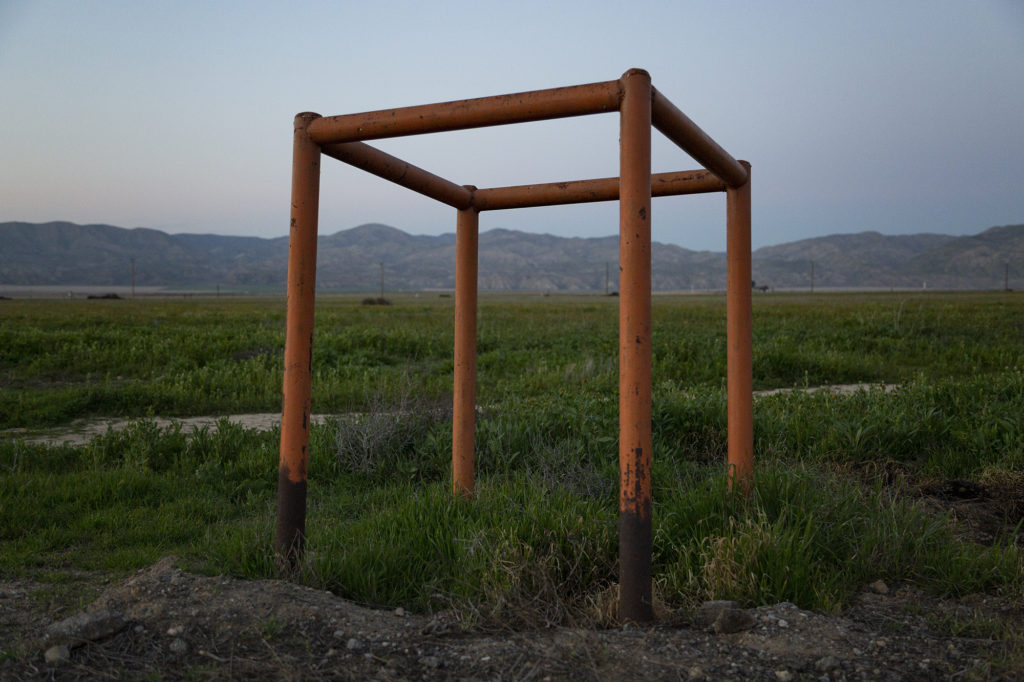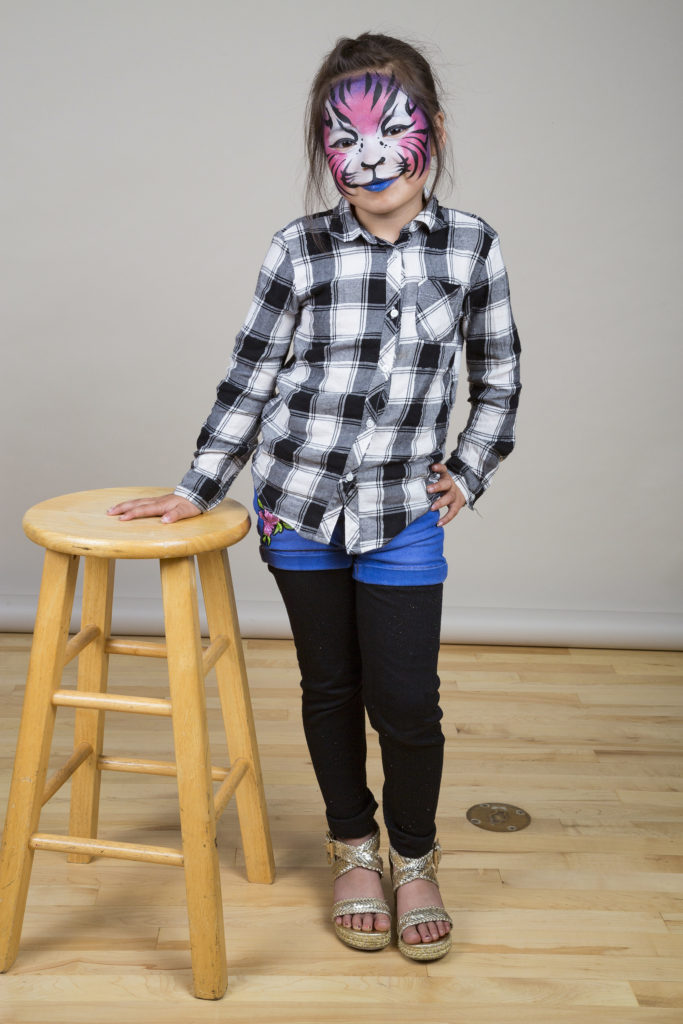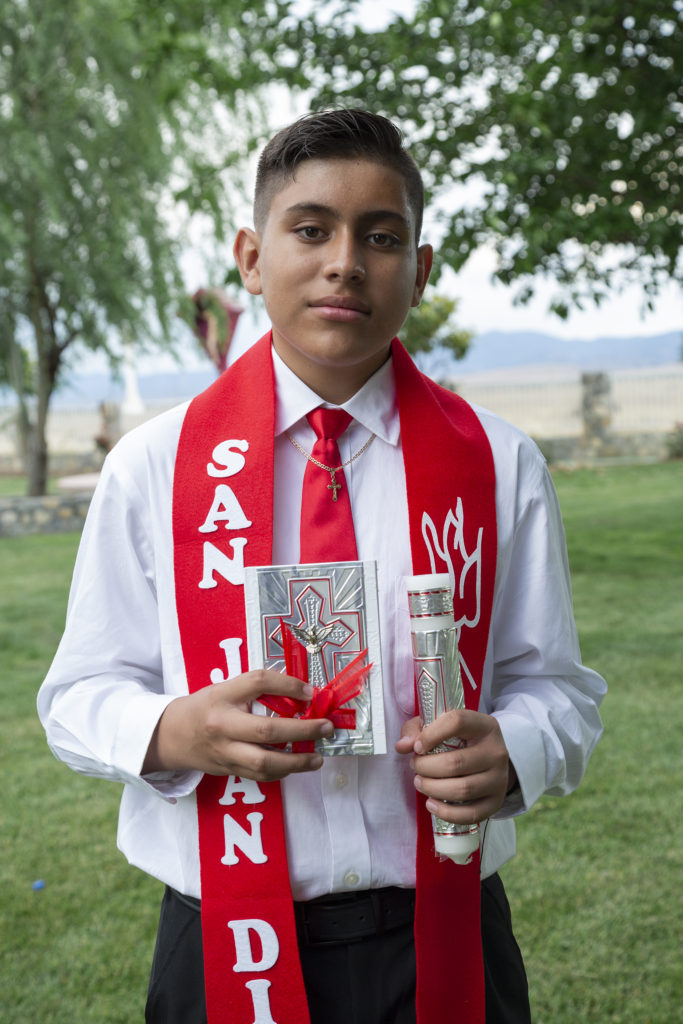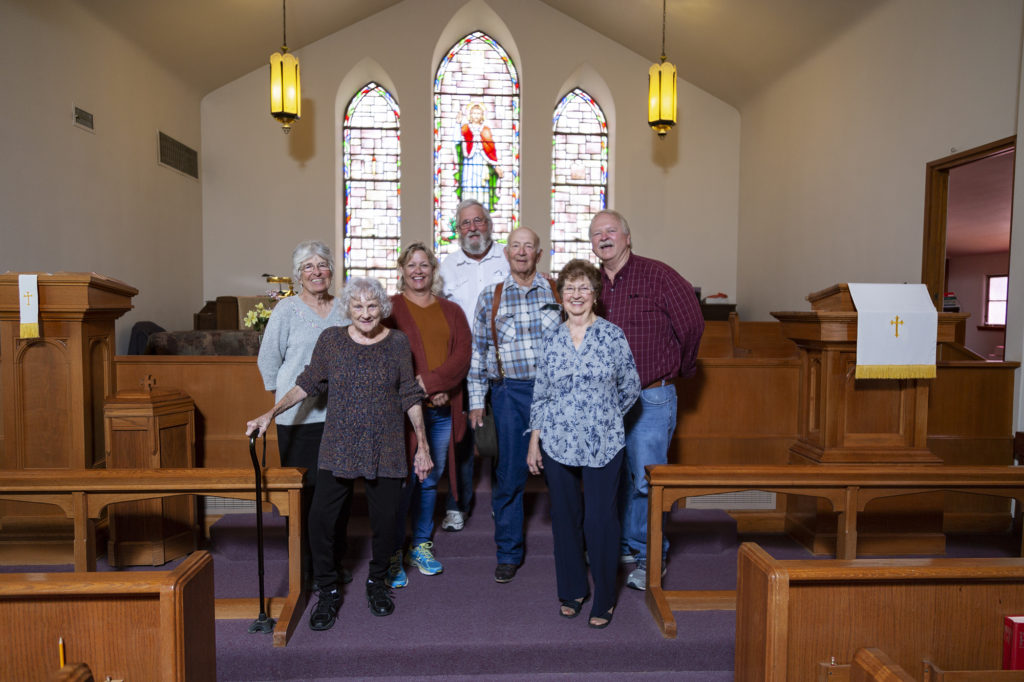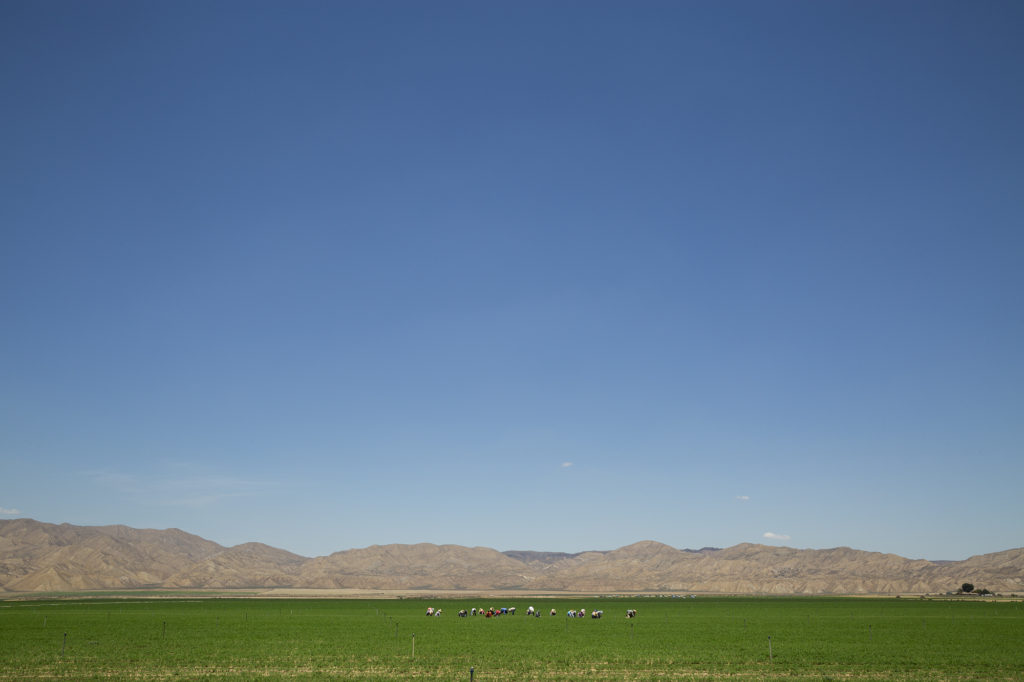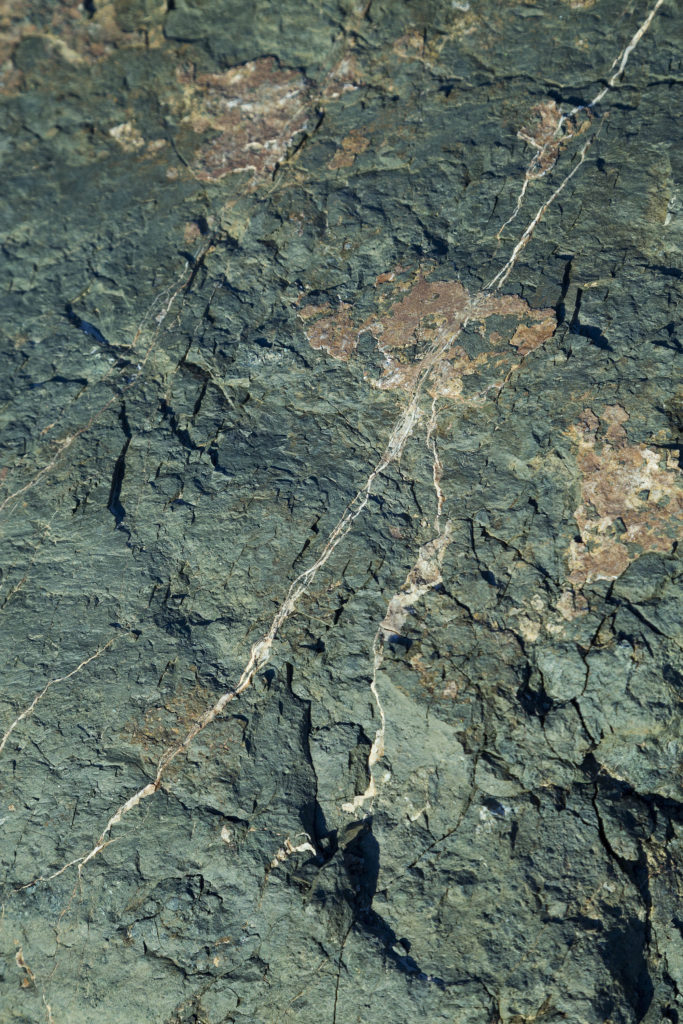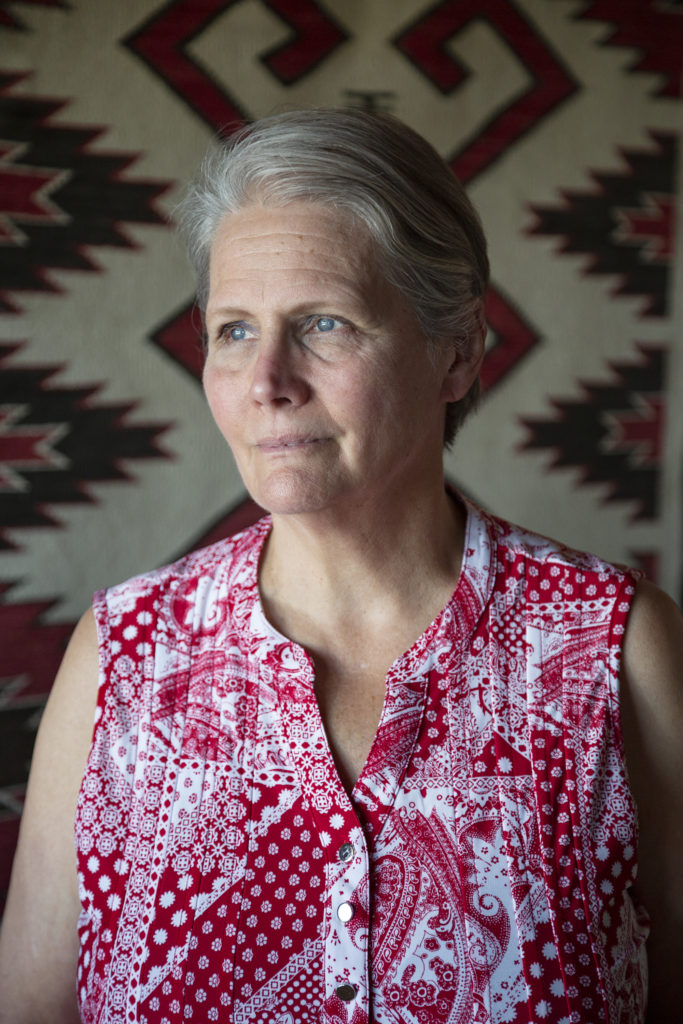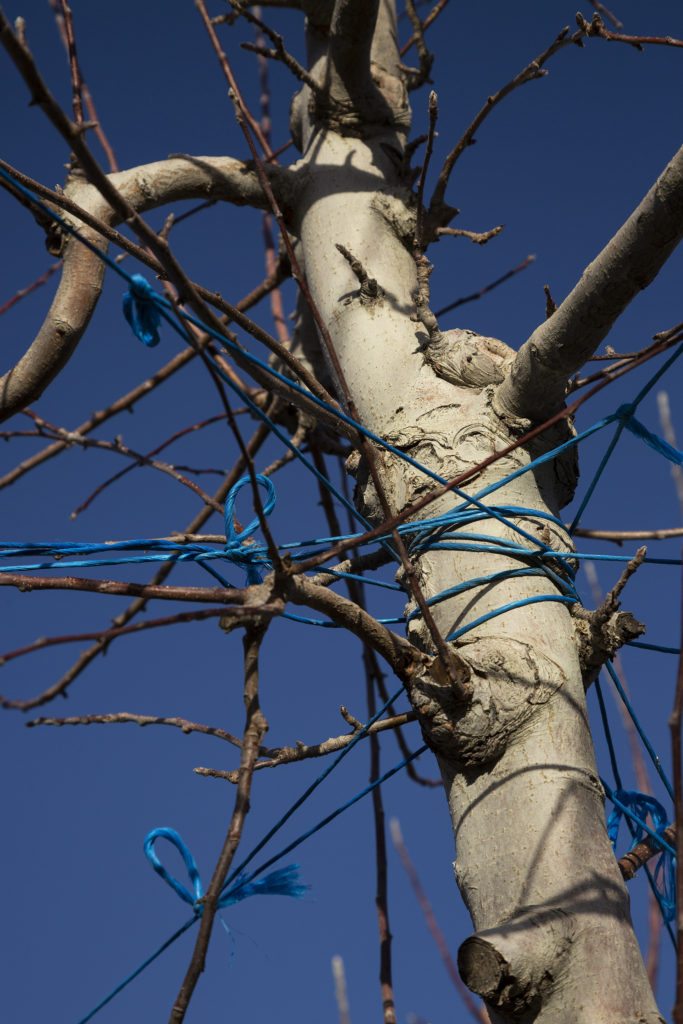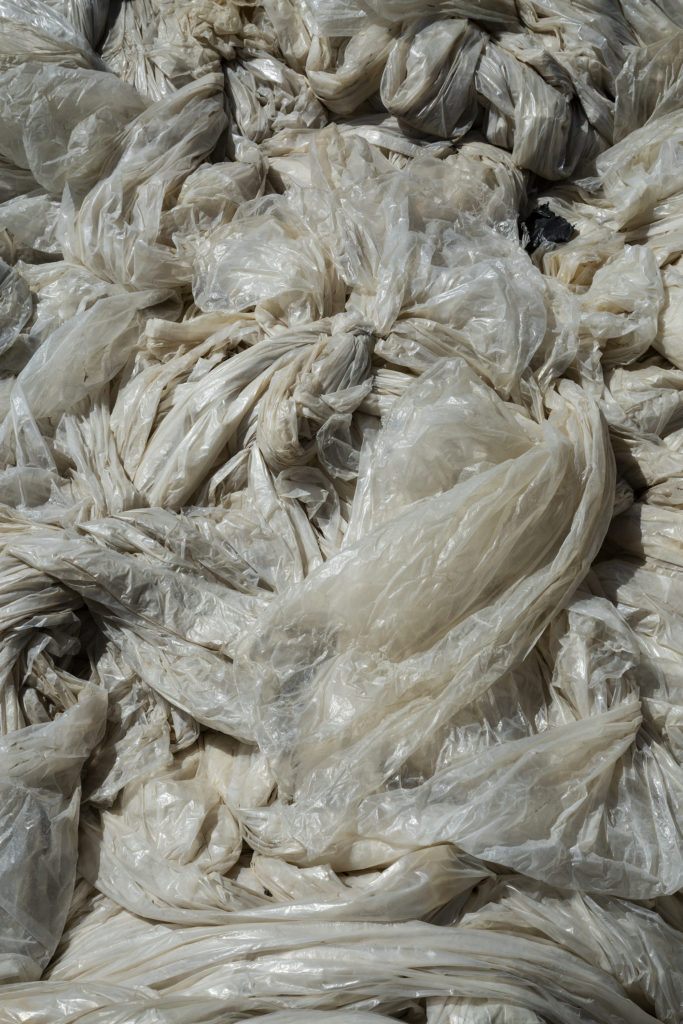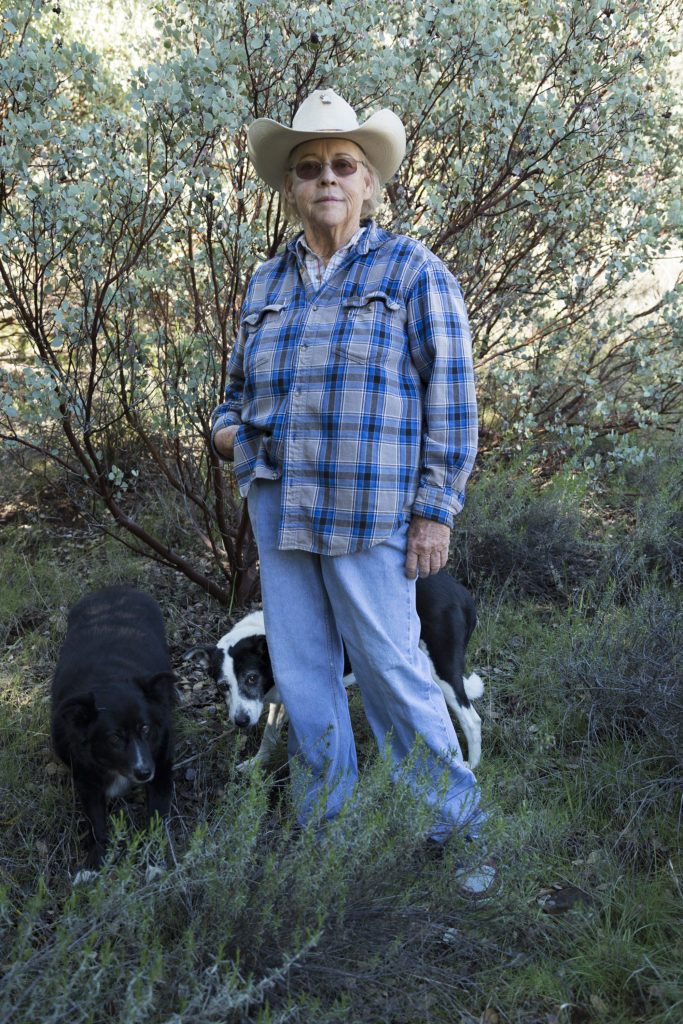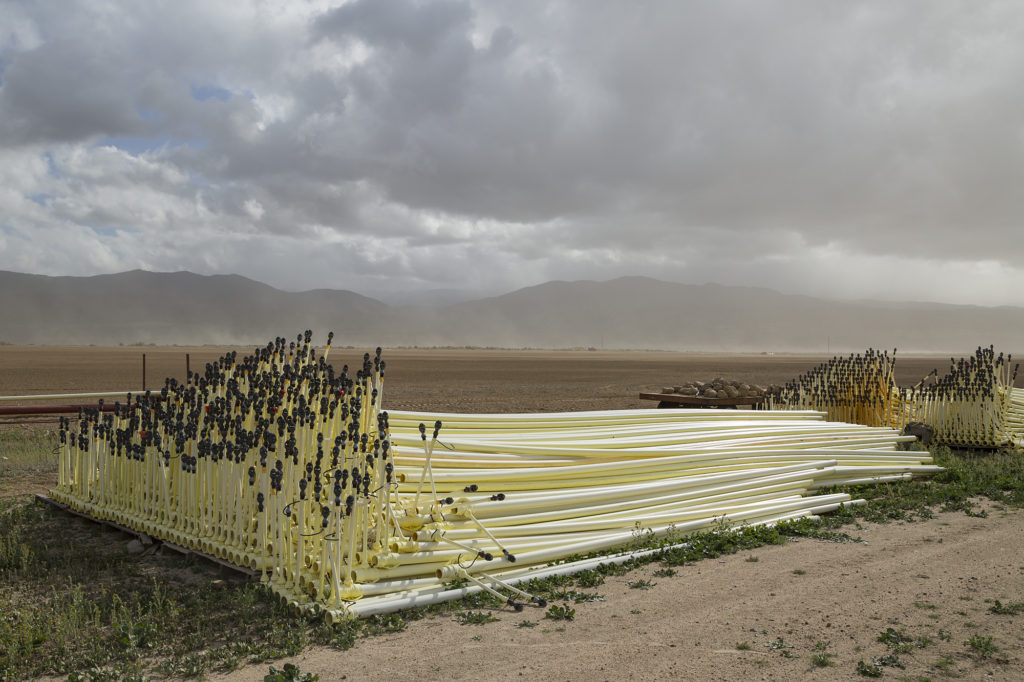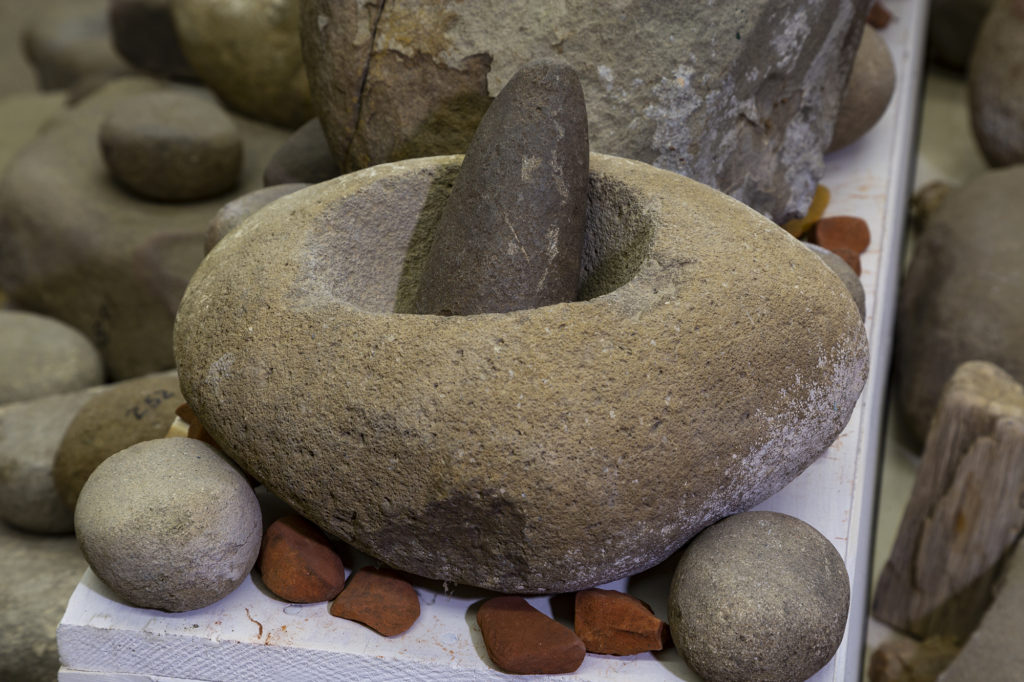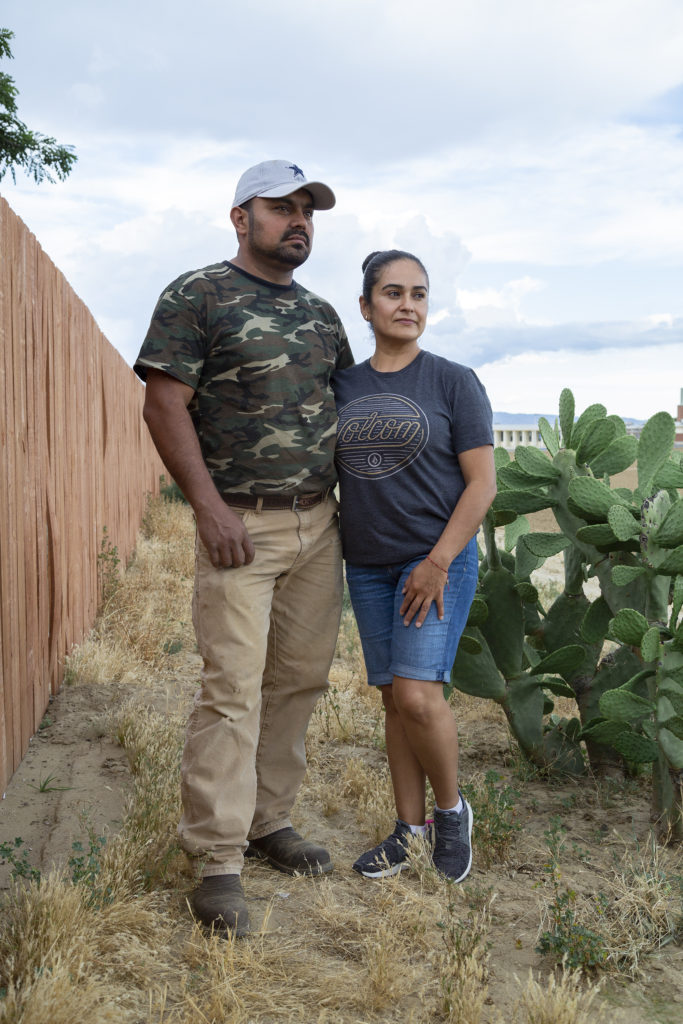I have come to understand the Cuyama Valley as a stage on which the epic drama of human history is continuously playing out. History in the Cuyama Valley began with the Chumash people, who lived there at least ten thousand years ago. Much later, the valley saw the arrival of Europeans, who brought their own understanding about relationships to land — one founded in individual ownership and resulting in vast land grants. This, in turn, was followed by a period of homesteading, subsistence farming, and ranching, during which the valley’s inhabitants had to be extremely resourceful and self-sufficient in order to survive. The 1950s saw the beginning of commercial oil production; an oil company actually built the townsite of New Cuyama. Most recently, agriculture has strengthened its hold of land in the valley. Each of these periods helped shape those to follow, and the effects and infrastructure of each are still visible today.
Each of these historical periods also brought different groups of people to the valley. While they come from many places, all of them have had to work extremely hard to make their lives there. It is easy to see why they persisted: The Cuyama Valley is a place of great natural beauty where life can be uncomplicated and rewarding. A place of open space, long days, hard work, and strong community. A place where a person can live honestly, based on their beliefs and values, and where actions remain tied to consequences. A life that seems more real and more valid than the one so often portrayed in our world of media and technology.
Now, as always, things are changing. The Cuyama Valley, like many rural communities across the country, is experiencing a population decline and a demographic shift. The sustainability of the local economy is increasingly tied to agriculture and therefore to water, even while water becomes a diminishing resource. Things have to change — our capitalist economy requires it. My hope is that these photographs reflect the community which I have learned from, and that they help the community build upon the good work they have already done. As most of our society hurtles forward from an unexamined present into an unknown future, people in communities like Cuyama can build on what they have learned from their past in order to bridge differences and confront new challenges. The thing that I keep coming back to again and again, while I try to create a framework for everything I have learned, is that change is coming but change should be slow. This is how to create a solid foundation for a future in which all valley residents and all Americans can prosper.
•
•••
Noé Montes was born in Modesto, CA, in 1973. He grew up in a family of migrant farm workers that traveled up and down California’s Central Valley following harvests. After high school, he worked briefly in the field of electronics before finding the medium of photography. Around the same time, with the goal of helping other people, he began working with numerous local community organizations. Over the last twenty-five years, Noé has developed a socially engaged practice in which he creates documentary work around a specific social issue or geographic location. He then uses that work as a tool for community and civic engagement, combined with programming from local partners. He also works to integrate the stories of the communities he documents into the American historical narrative.
The exhibition Cuyama: Photographs by Noé Montes is currently on view through January 4, 2020, at the Bakersfield Museum of Art. For more information visit https://www.bmoa.org/current.

